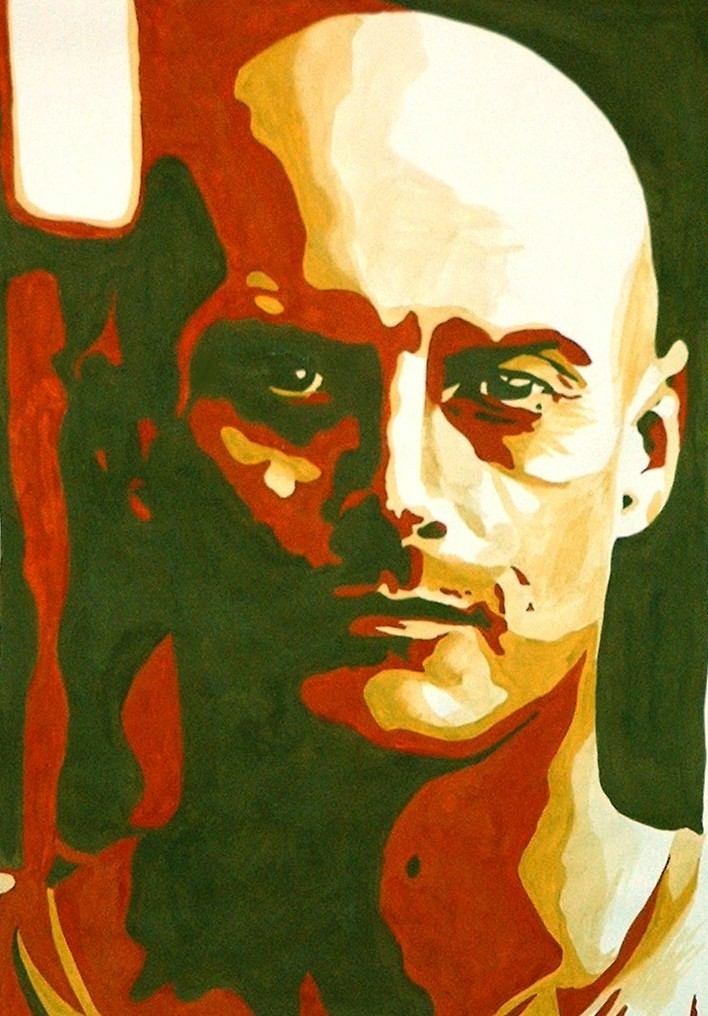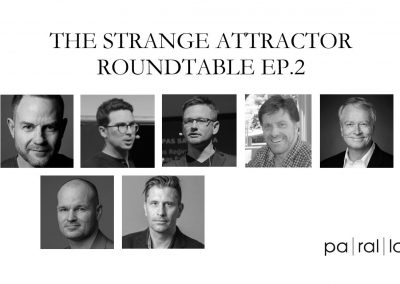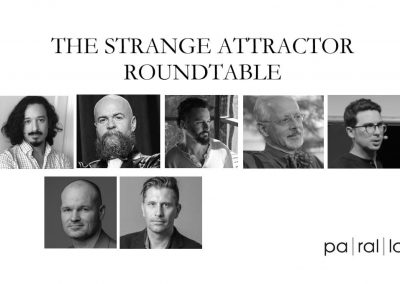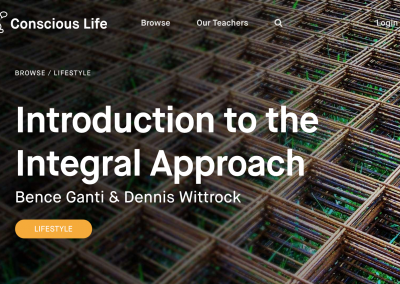Integral
A Map of and for “Anything”
What it is
An essential map which helps us navigate reality better.
“Nobody is smart enough
to be wrong all the time.”
– Ken Wilber
Integral Theory – AQAL
The integral approach, or AQAL, can be viewed as an answer to a very rich question. The question AQAL provides an answers to could be formulated as follows:
How can honest men and women that practice and follow different disciplines, methodologies and epistemologies, not just all be right – how can the context of the truths they generated be brought into a coherent whole which is more than merely the sum of its partial and singular perspectives?
or – to quote Douglas Adam’s “The Hitchhikers Guide to the Galaxy” – “What is the Ultimate Answer to Life, the Universe, and Everything?”
Wilber’s answer to that question is “AQAL”. The akronym AQAL is shorthand for “all quadrants, all levels, all lines, all states and all types”, which at the same time represent the main components of Integral Theory.
The “Quadrants” point us to the fundamental perspectives of being-in-the-world, that are present every moment: “1st person, 2nd person, 3rd person”, or “I, we, it”, or “aesthetics, moral, science”, or “the beautiful, the good and the true”. As soon as we systematically embrace these primordial perspectives, it will dramatically expand our mental horizon, by pointing out the dimensions we routinely overlook or are blind to.

“Levels” refers to the fact that the entire Kosmos is developing – even our interiors as humans go through discernible stages, as they are described in various psychological models of development (e.g. by Jean Piaget, Abraham Maslow, Jane Loevinger or Clare Graves / Spiral Dynamics).
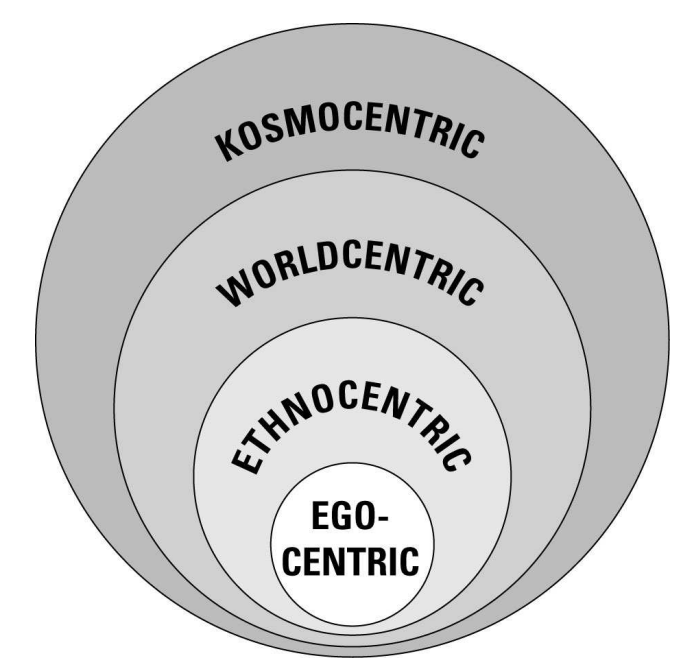
“Lines” remind us of the fact that humans do not simply develop along a one-dimensional scale: we all have multiple intelligences, multiple lines of development, such as cognitive, emotional, kinaesthetic, artistic, spiritual, etc.; each one with a center of gravity that can be distributed in a slightly different altitude of development, resulting in a complex pschychograph.

Apart from more permanent achievements of the psyche (levels), there are altered “states” of consciousness which are much more transitory and fluid. These contain the three major natural states like waking, dreaming, and deep sleep, as well as altered states like peak experiences, flow order meditative states. 
The component “types” does justice to the fact that there are recurring differences and ‘cosmic habits’ that emerge on all levels of development. Among these are the basic orientation “masculine/feminine”, as well as other typological systems, such as the enneagram, the temperaments, the MBTI, etc. Types can also occur in other quadrants (not just in the individual interior), such as types of clouds, types of landscapes, types of technologies, etc…

 Overview of the Integral Model (AQAL)
Overview of the Integral Model (AQAL)
© Steve Self
All in all, AQAL can remind us of these five major dimensions of reality in everything we do and guide our attention to those aspects we were previously ignorant of, so that we can navigate the terrain of reality much more skillfully with a more encompassing map.
My Integral Path
I read my first book by Ken Wilber in 2000 at age 22. Until then I had already been a voracious reader and philosophically inclined person. I had read this and that but still felt a bit disoriented in a more general sense. I had picked up many puzzle-pieces and bits of knowledge and wisdom, each meaningful and congruent in itself, yet I had no idea how to fit them together, let alone what to do with my life. I was drifting unmoored in a kind of “a-perspectival madness”, which – as I learned later – was pretty common at a certain developmental threshold.
Ken Wilber is a contemporary American philosopher and the creator of the Integral Approach – a (r)evolutionary synthesis of knowledge from all possible disciplines in the form of an essential map, which he often abbreviated with the shorthand “A.Q.A.L”. In his work, he is following the intuition that “nobody is smart enough to be wrong all the time“. Hence, everybody always have to have a piece of a larger truth they can bring to the table. He collected these essential insights (in the form of “orienting generalizations”) and strung up the pearls of wisdom from a multitude of disciplines in a pearl-necklace. He often describes his approach as the view from 15.000 feet: you don’t see the individual trees anymore, but you get a sense of where the big forests are. Whoever has used Google Maps, knows that a good map is key if you want to orient yourself. A good map doesn’t disclose too many and not too little details – it shows you the essentials you need to find your way.
Looking back I often describe the effect of my first encounter with Integral Theory as nothing short of a form of “mental orgasm” – all the knowledge and insights I had accrued, suddenly crystallized in my head in the form of a coherent gestalt. A thousand lights lit up at once, it was a highly ecstatic experience that completely transformed me – not just on a mental level, but on a bodily and soul level as well. Finally I had found my purpose – or my purpose had found me: Creating Spaces for Integral Consciousness.
And this is what I did ever since. First, I created an integral study circle at my university to explore these ideas with like-minded people. In parallels I founded an experimental integral youth group, “iMove” (I am happy to report that it still exist up to today). I connected to integral friends from Integrales Forum a national German integral association which I had the honor of serving as a chairman and CEO for five years. After that, in 2014, I created the Integral European Conference together with a Hungarian colleague and other European integral allies, which bi-annually attracts hundreds of people from all over the world (in 2018 there were 600 people from 35 countries).
In 2006 I volunteered at the Integral Institute of Ken Wilber in Boulder, Colorado. My dream to meet Ken in person one day and to thank him for his work came true. To me, this was as incredible as shaking hands with Hegel or Einstein – only cooler.
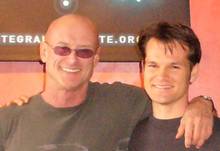
Integral European Conference (IEC)
Following the conference of Integrales Forum in Berlin in 2012 I invited representatives of integral movements from all across Europe, in order to create “Integral Europe”.
The most important result from this gathering was that I founded and organized the Integral European Conferences 2014 and 2016 together with my Hungarian colleague Bence Ganti. After I left the conference team in 2016, Bence took over and now continues to run the bi-annual conferences successfully.
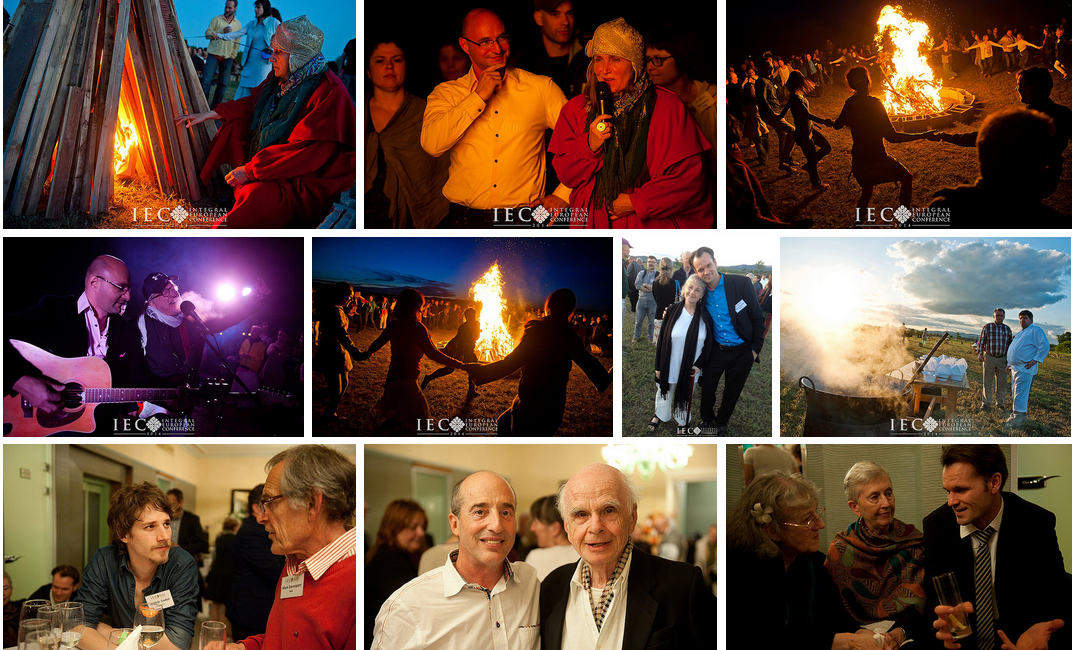
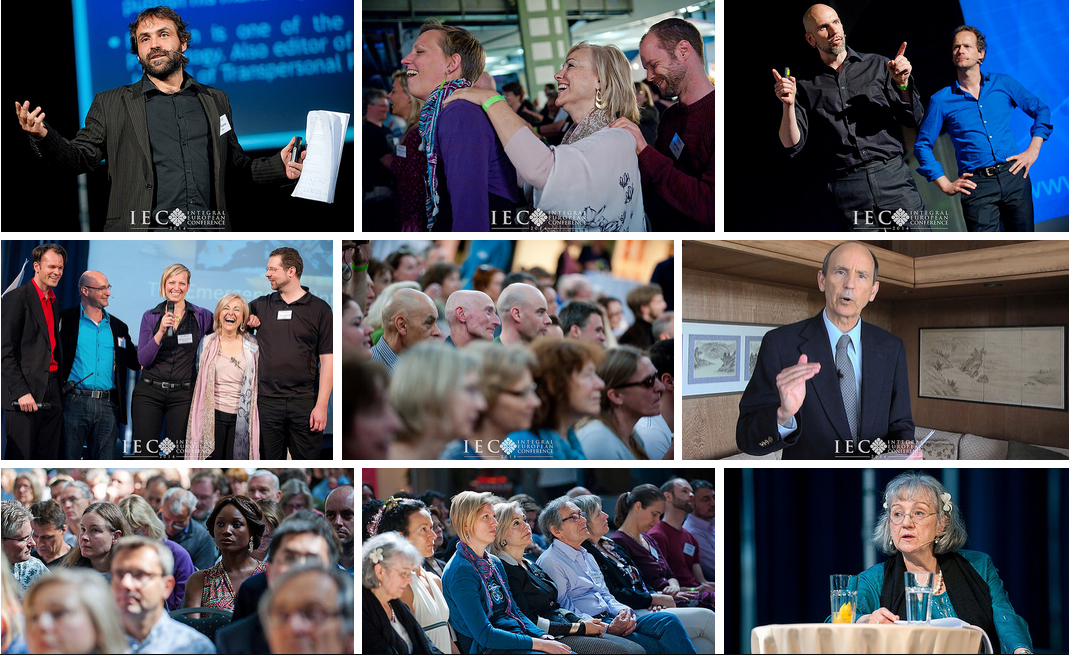
Other Integral Thinkers
“Nothing is as powerful as an idea
whose time has come”
– Victor Hugo
I mainly refer to the meaning that Ken Wilber uses for “integral” in his Integral Theory (also called “AQAL”). But there are other sources of insight, for example, people like Jean Gebser, Clare Graves, or Don Beck. These also referred to “integral” as a certain stage or structure of human consciousness.
Metamodernism
A contemporary ‘integral’ school of thought is Metamodernism, which is partially informed by Wilber’s theory, but focuses on creating a sociopolitical impetus. Thinkers like Hanzi Freinacht and his book “The Listening Society” or Thomas Björkmann with his book “The World we Create” are main proponents of metamodern thinking, which bears a strong semblance to integral thought. They both use the concept of levels of development in their analysis of the current situation.
Markers of Integral Consciousness
Gebser, Graves/ Beck and Wilber more or less agree on the following markers of integral consciousness:
The term “integral” implies:
- An ability to bring different perspectives, systems of thought, or systems of values into an overall framework that reveals a connecting order and a developmental sequence to them
- An ability to appreciate previous perspectives, systems of thought, or systems of values for their gifts and to use their advantages, while avoiding their disadvantages
- A dramatic reduction of fear
- An opening for a special form of spirituality which goes beyond the (pre-)personal – in conjunction with a progressive reduction of egocentrism
- A new kind of wakefulness, awareness, and presence that is expressing itself in an embodied way of being in the world

An Integral Pioneer: Jean Gebser
The philosopher, poet, and cultural anthropologist Jean Gebser was an integral pioneer, who was the first to coin this term in relation to a structure of human consciousness. In his main work “The Ever-Present Origin” (1947/48) he introduced his much-quoted sequence of the structures of consciousness from archaic to magic to mythic to mental-rational to aperspectival-integral in order to describe the increasing differentiation and integration of ways of human meaning-making which he reconstructed from cultural artifacts.
Further, he described the efficient and deficient forms of expression of every structure of consciousness and intuited that in the midst of the deficient excesses of the mental-rational structure in the 20th century the seeds of the new could be found, seeds of a consciousness that was able to hold many perspectives simultaneously (“aperspectival”), without having the fragment into a confusing hall of mirrors of segmented views (“integral”). Gebser’s lucid analysis in the middle of the last century and his overall work is still considered an important cornerstone of the integral worldview today.
